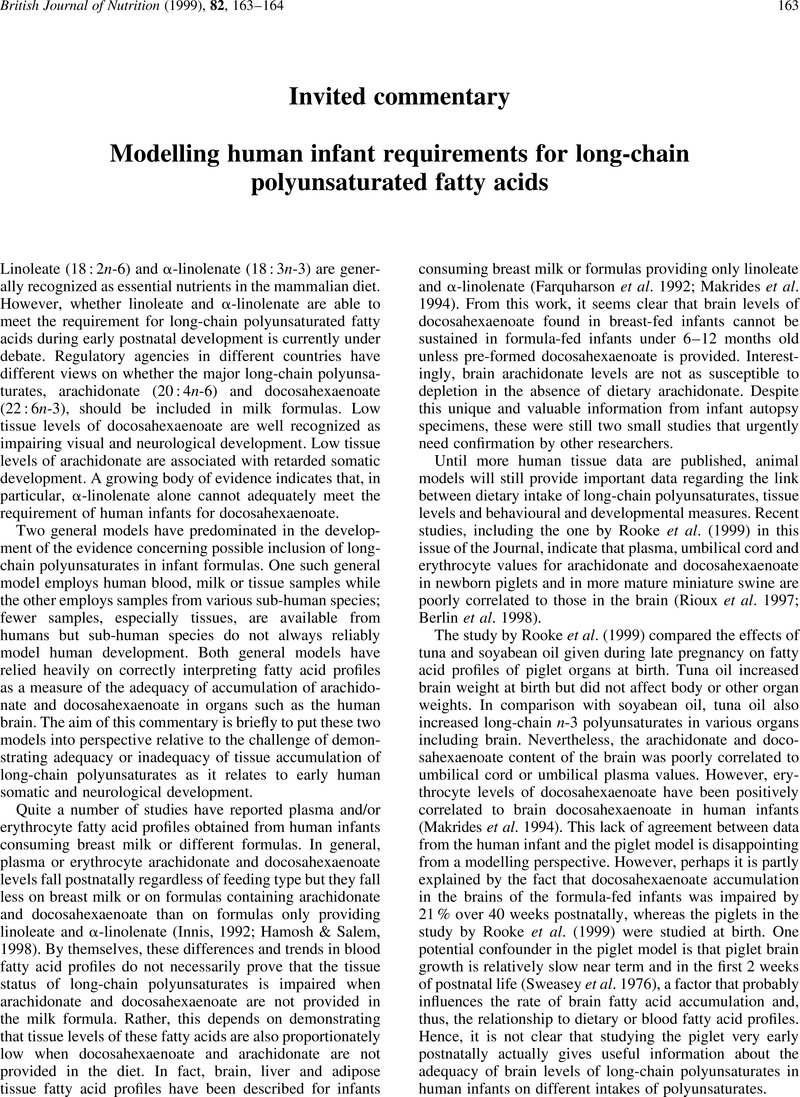Crossref Citations
This article has been cited by the following publications. This list is generated based on data provided by Crossref.
Langdon, John H.
2006.
Has an aquatic diet been necessary for hominin brain evolution and functional development?.
British Journal of Nutrition,
Vol. 96,
Issue. 01,
p.
7.





